Gems of nature photography
Highlights from the European Treasures of Nature photo competition
Snow and ice, wind and waves, rare species and highly adaptable species. Once again, the winning images in this year’s EuroNatur photo competition illustrate how diverse Europe’s nature is. It is the 31st time that EuroNatur has organised this international competition together with natur magazine, Gelsenwasser AG and the LichtBlick photography shop in Konstanz.
The twelve winning photos, which will also grace EuroNatur’s 2025 nature calendar, have made it through from around 2,900 entries, many of which impressed with their beauty. So the jury had no easy task selecting the winning pictures.
Note: As two pictures were awarded the same score by the jury, there are two 7th places.
Tip: Click on pictures for a larger view.
Framed in frost
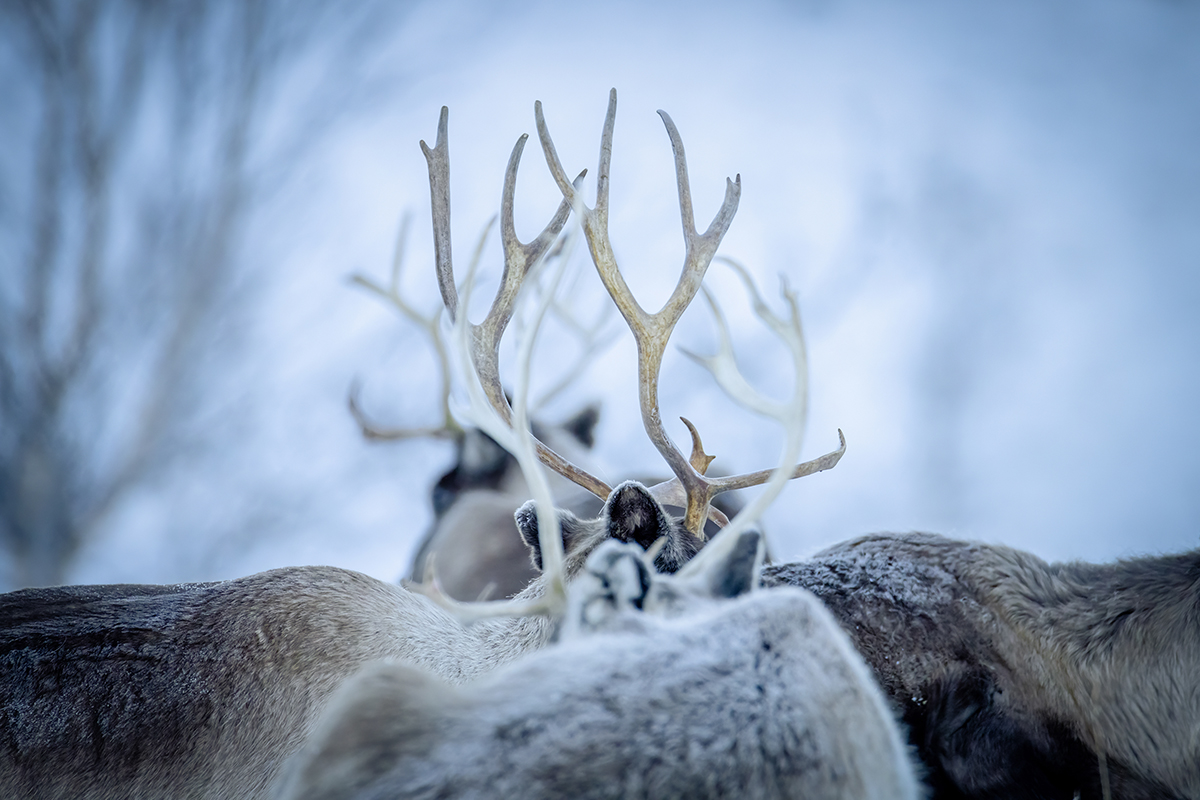
1st place: Framed in frost
© Felipe Menzella1st place: Felipe Martin Menzella
The simple forms of the reindeer’s antlers are in perfect harmony with the bare branches of the trees in the background. This year’s winning photographer takes us with him skiing to Lapland, where he was on the lookout for reindeer. Global warming is making life hard for these animals. In summer, they suffer from the high temperatures and in winter rain falls more often than snow and as soon as it gets colder again, this coats their food plants with a hard layer of ice.
Shogun warriors
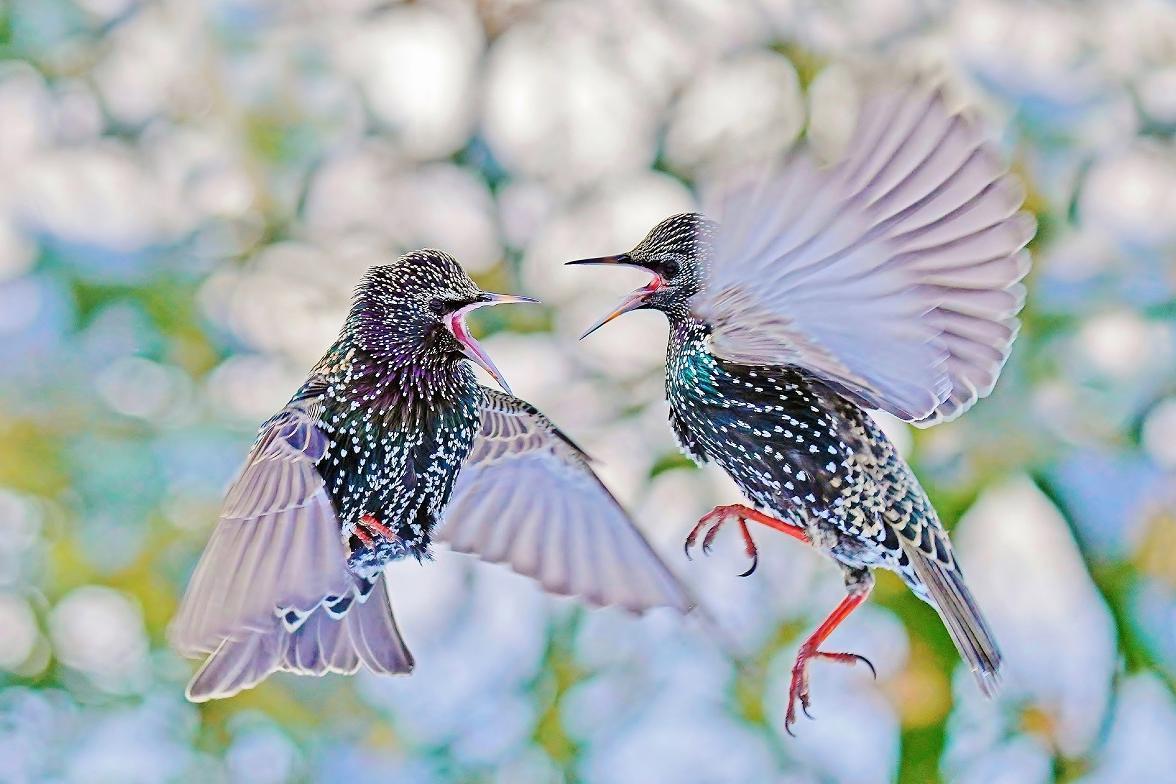
2nd place: Shogun warriors
© Lutz Klapp2nd place: Lutz Klapp
This battle for territory by two starlings in front of some cherry tree blossom has the look of a duel between two warriors from the Far East. Starlings are known above all else for their amazing ability to imitate sounds. They can emulate not only the songs of other birds with deceptive accuracy but also the sound of a dog barking or an alarm system. A semi-wild garden helps these birds when they are breeding and when they are on the hunt for food – and it makes pictures like these possible.
Gone with the wind
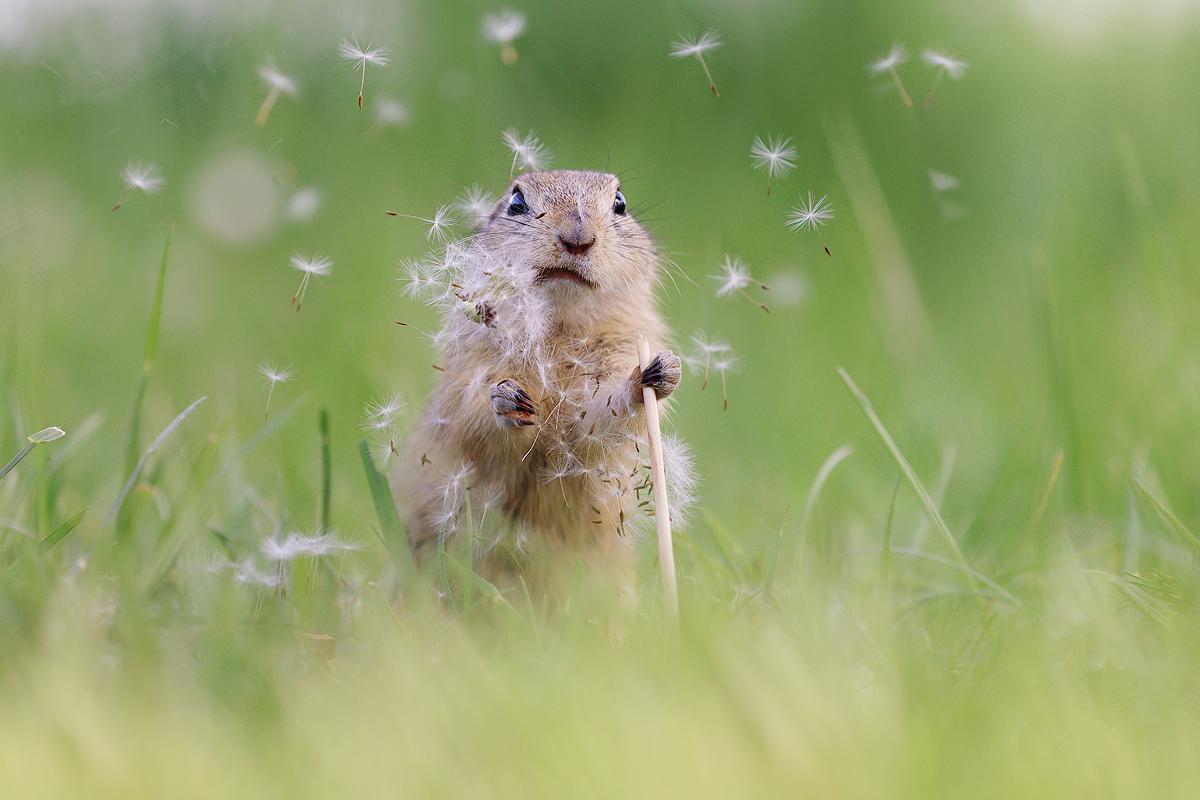
3rd place: Gone with the wind
© Julian Rad3rd place: Julian Rad
The expression on this ground squirrel’s face looks a little as though it had never heard about the unstable nature of dandelion seeds. With the flower stem held firmly in its paws, it eats the seeds of the dandelion clock. Far too many fail to land in the little rodent’s mouth. The wind carries them away, ensuring there will be more dandelions growing in this meadow in future.
Snowdrift

4th place: Snowdrift
© Bernd Liedtke4th place: Bernd Liedtke
“It’s almost impossible to stalk them at the sort of distance that’s good for taking photos. Mountain hares are curious by nature – let them come to you.” The winner of 4th place took good note of this tip, given to him by a fellow nature photographer and it brought him success. He spent a number of hours over two consecutive days in the cold Scottish weather patiently observing the mountain hares there. And they really did come up to just a few meters away from him – click!
Snipe reflections
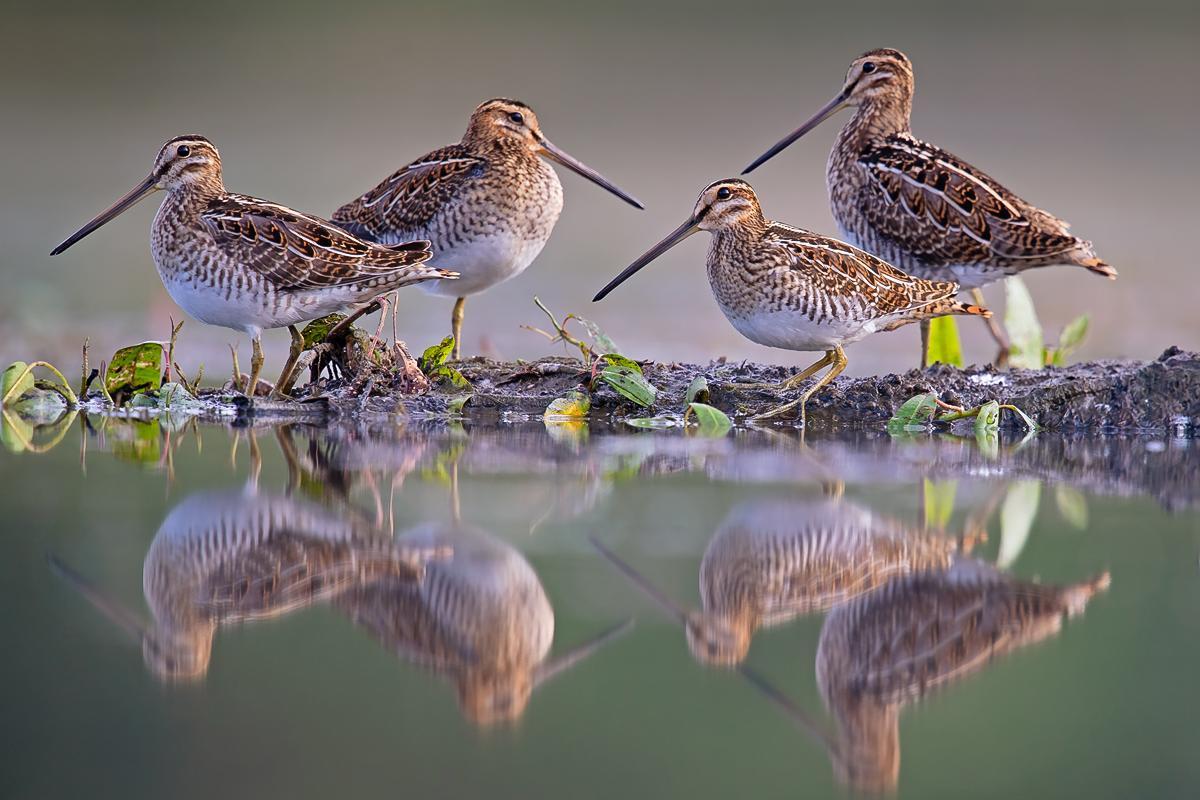
5th place: Snipe reflections
© Agnieszka Florczyk5th place: Agnieszka Florczyk
These four snipe are digesting their copious breakfast on a summer’s morning in Poland. Their very long beaks enable them to poke around in the soft earth for worms, snails and small crabs. The drainage of moors and wet meadows presents a threat to populations of snipe, so their rapid zigzag flight is rarely to be seen now.
Morning exercise
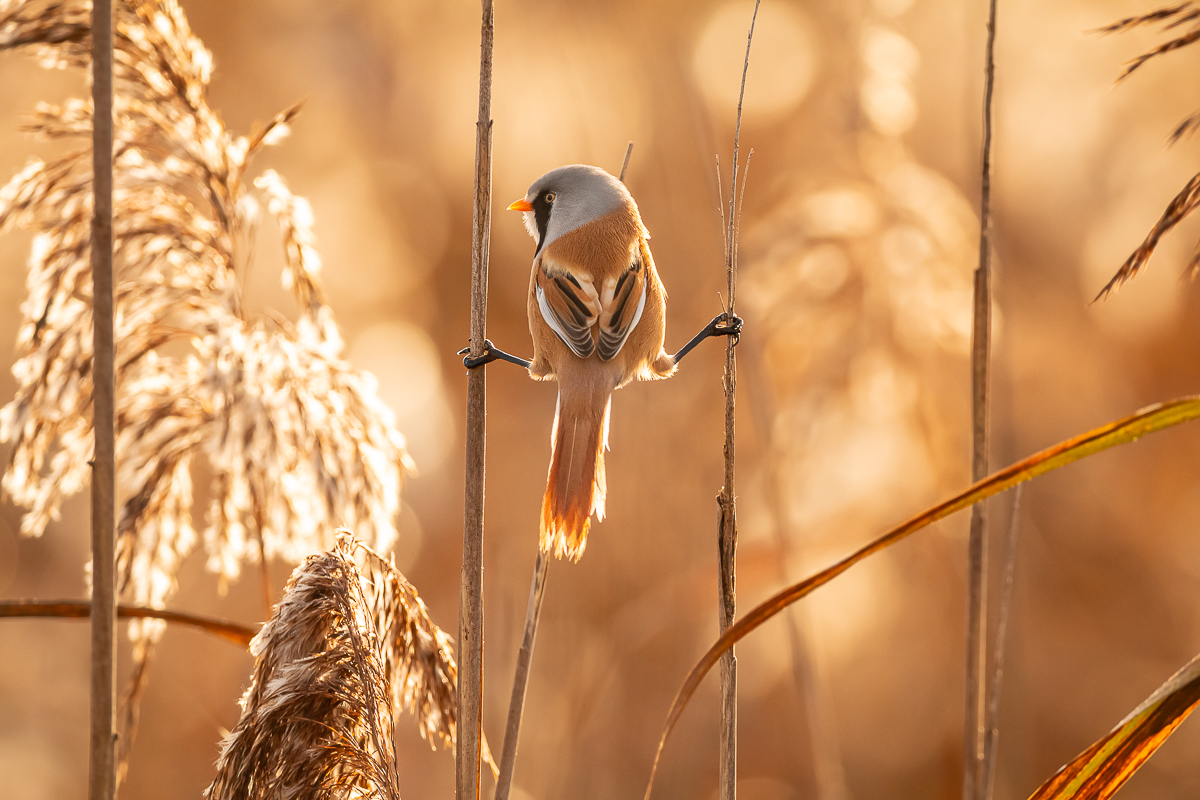
6th place: Morning exercise
© Michelle Gutjahr6th place: Michelle Gutjahr
Wow, look at those splits! And all done seemingly effortlessly. This bearded tit could make gymnasts and acrobats the world over turn pale with envy. In their natural habitat, extensive reed beds, these little songbirds flit from stalk to stalk. The males at least are easy to recognise with their characteristic feathery beards. However, it is not that easy to catch sight of them amongst a dense forest of reeds.
I can see you!
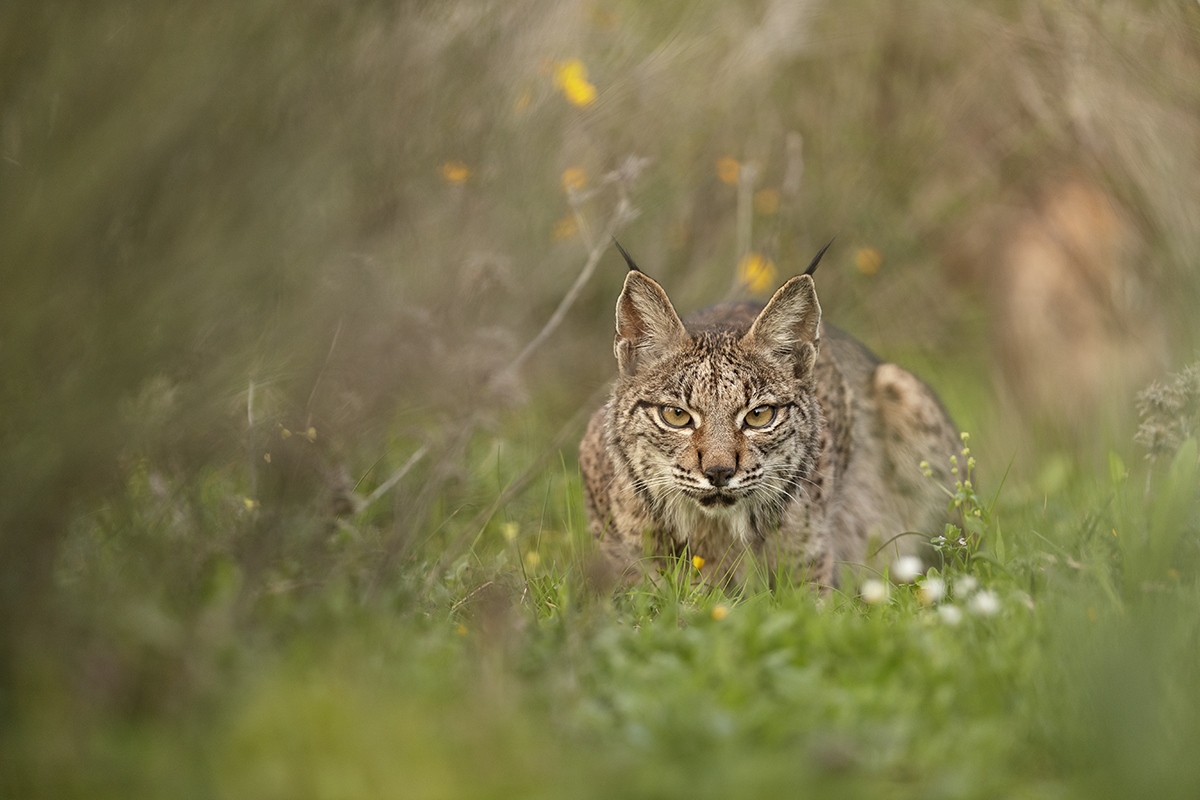
7th place: I can see you!
© Cristina Abilleira7th place: Cristina Abilleira
This photo was a piece of luck in two senses. The photographer had often travelled round southern Spain to photograph the Iberian lynx. On this particular rainy morning she was already on her way back without a photo when she met this young lynx. Saving this species is one of the great success stories of European nature conservation. It is only thanks to the considerable work put in by a rescue programme that the Iberian lynx was saved from extinction.
Seaside beach
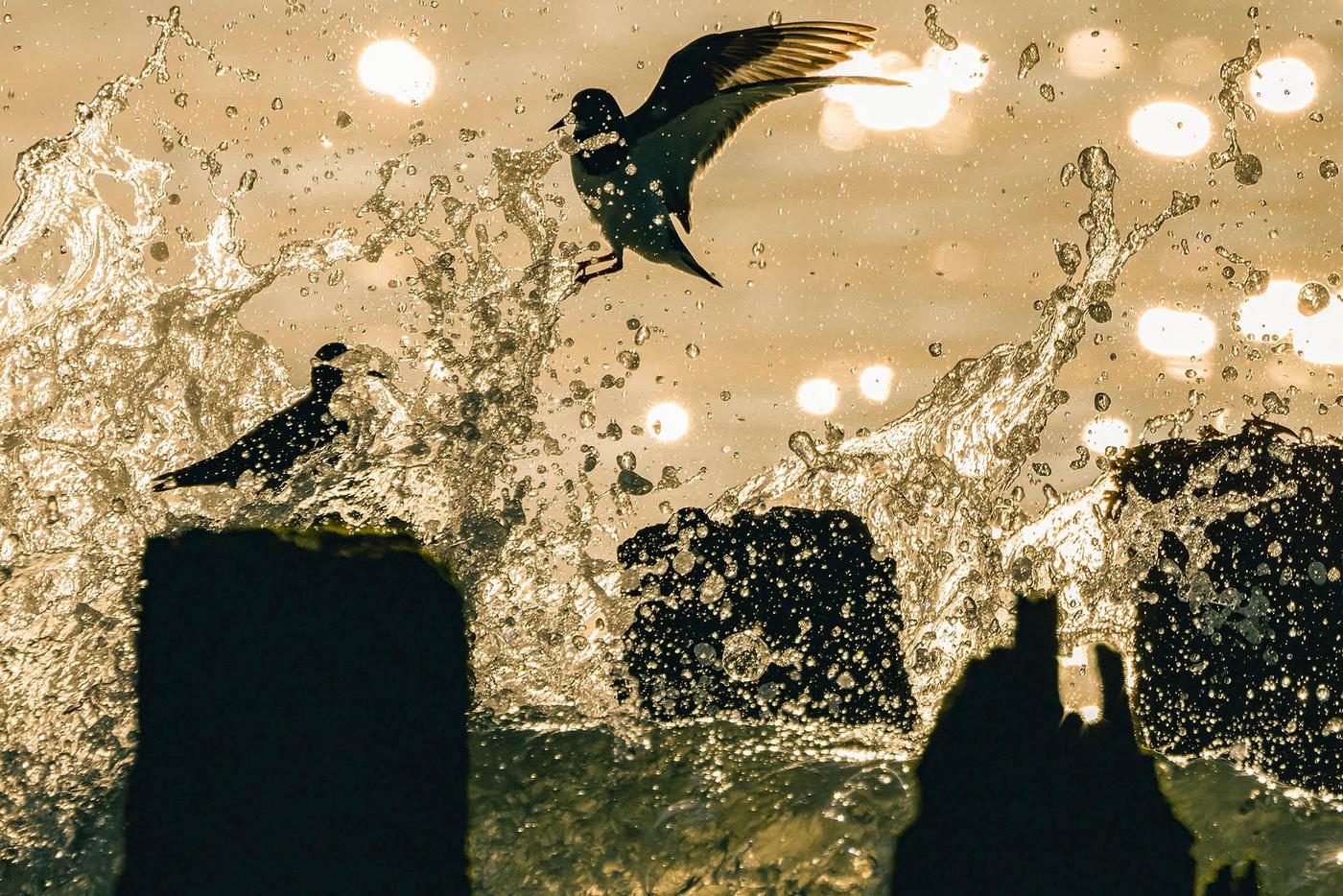
7th place: Seaside beach
© Karin de Jonge7th place: Karin de Jonge
An evening on the North Sea: the sun is just going down, casting magic patterns of light and shade across the water. Against this backdrop, two ruddy turnstones on posts are searching for food. A stiff breeze whips up the waves, making the birds fly up in the air time and again to avoid being caught by the salt water. Wind, sun, water and sea – this photo really makes you feel the energy of the elements.
A bird in the hand...
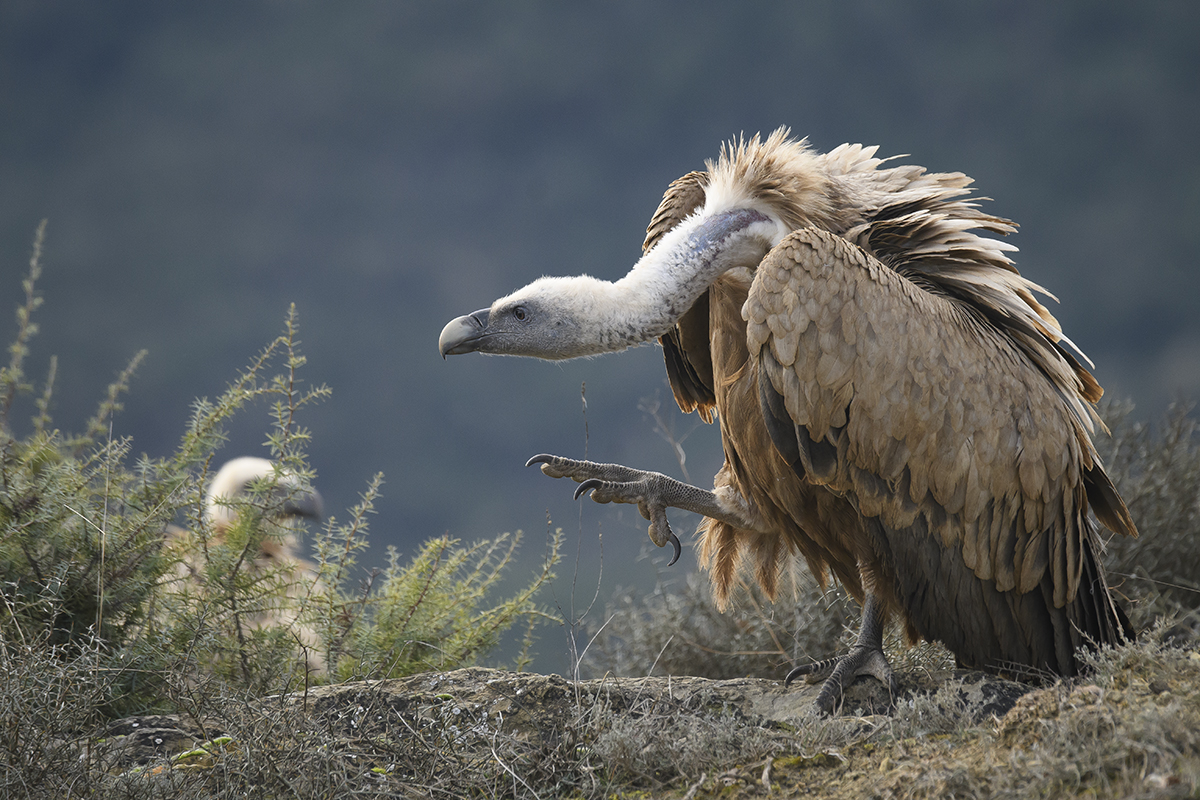
9th place: A bird in the hand…
© Jorge Ruiz9th place: Jorge Ruiz del Olmo
Are you getting a bit of that Jurassic Park feeling too? The bare neck, powerful beak and awe-inspiring talons. When you look at a griffon vulture, it’s easy to believe that these birds are the direct descendants of the dinosaurs. This one in Spain has its sights firmly set on its favourite dish, a freshly laid out carcass. Since the regulations concerning carcasses were relaxed again, the populations of griffon vultures have been on the up.
Birdseye view
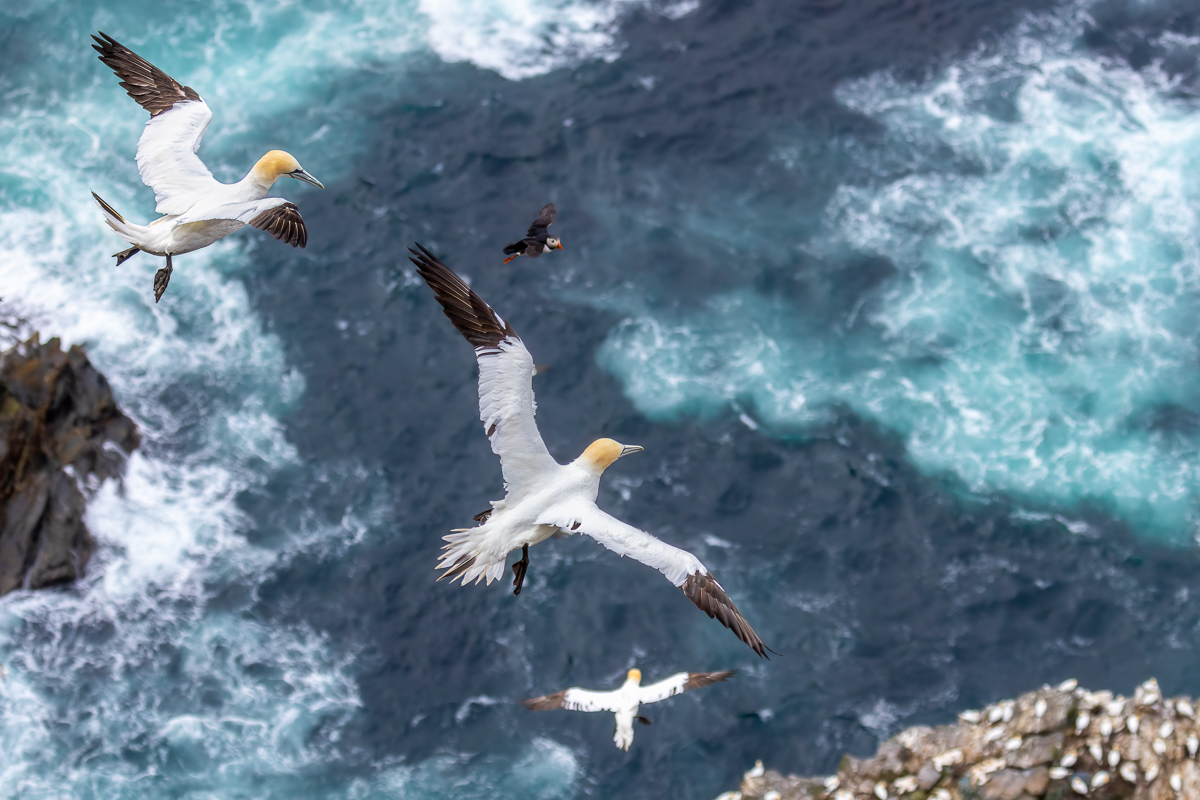
10th place: Birdseye view
© Martin Franke10th place: Martin Franke
Sea spray, steep cliffs, strong winds: the Shetlands are a habitat for specialists. On Unst, the northernmost island of the archipelago, you can get really close to the seabirds. And if you’re brave enough to look over the edge of the cliff, you will be rewarded with an extraordinary view. Alongside these huge gannets is a puffin flying across the picture – tiny by comparison. Can you find it?
A colourful ambush
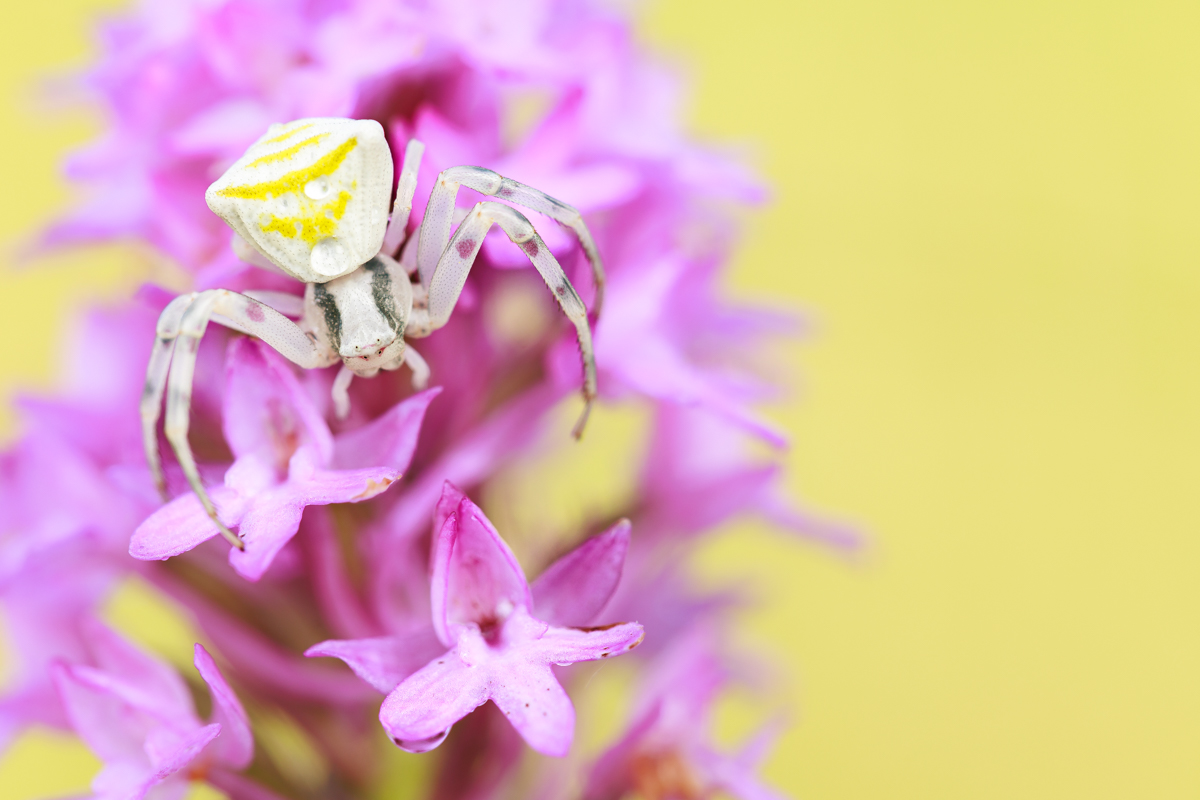
11th place: A colourful ambush
© Fabrizio Stefani11th place: Fabrizio Stefani
Artistic or gruesome? Opinions will probably differ about this photo. Pictured is a flower crab spider on a marsh orchid. Female flower crab spiders have perfected a trick for when they are hunting for other insects, some considerably larger than themselves: they can deliberately change colour. Whether this one hasn’t got lilac in her repertoire or whether the colour change is just passing through shades of yellow is open to discussion at this point.
Polar bear bath
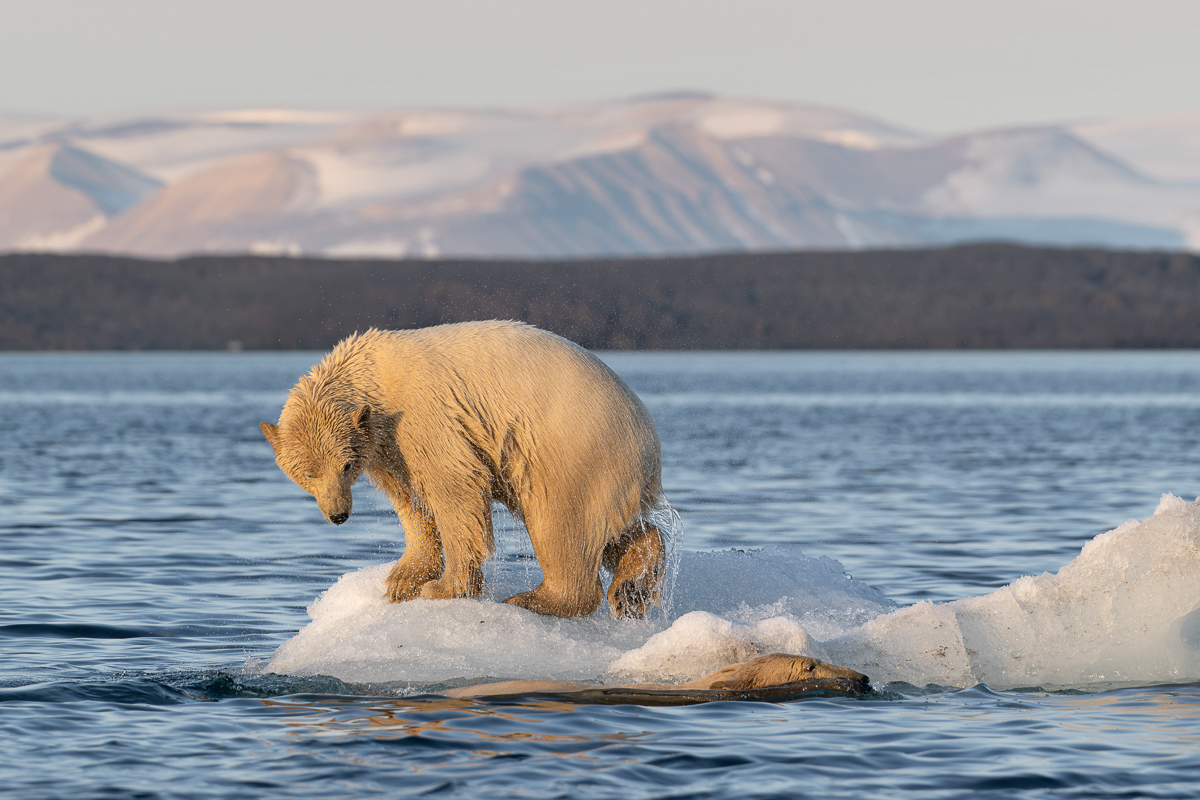
12th place: Polar bear bath
© Muriel Vekemans12th place: Muriel Vekemans
Those who want to take really good photos, often have to be quick – and in the Arctic they always need to have their snowsuit at the ready. It was four in the morning when the ship’s captain knocked on the cabin doors announcing, “Polar bear ahead”. There were four playing around a small iceberg. The photographer pulled on her snowsuit over her pyjamas, grabbed her camera, climbed into the inflatable dinghy and in the morning light near to Spitzbergen she got this shot of two of the polar bears.
Buying the calendar
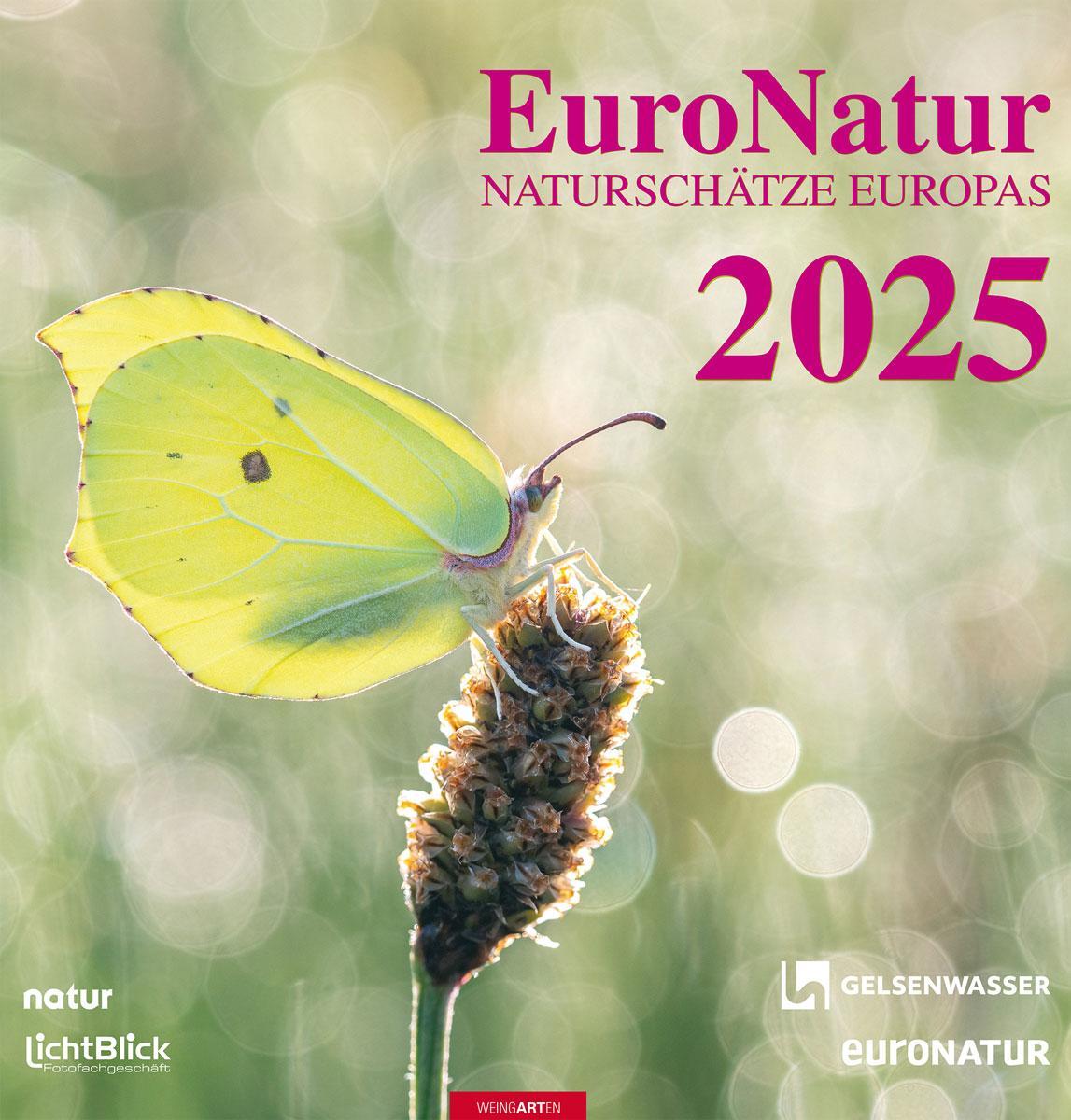
The 12 prizewinning pictures for this year’s competition can also be admired in our large format wall calendar ‘EuroNatur – Europe’s Natural Treasures 2024’, which can be ordered exclusively from EuroNatur-Service GmbH. Available for delivery from October 2024.
To the Webshop
Participate again
In December 2024, details of how to enter our next “European Treasures of Nature” photography competition will appear on this page.
Information about our 2025 nature photography competition will also be featured in our newsletter and on social media.
Find out about entering via our newsletter or at Facebook, LinkedIn and Instagram.


